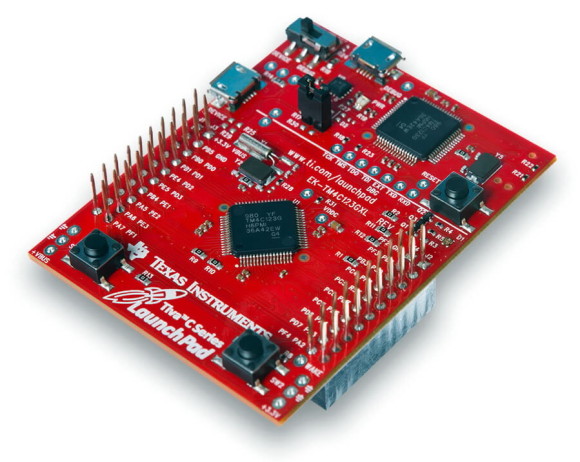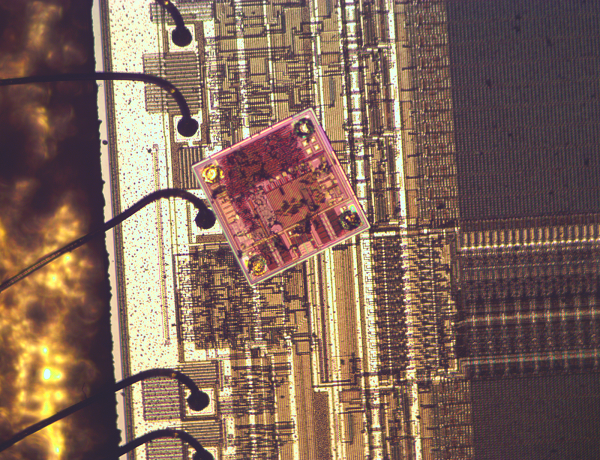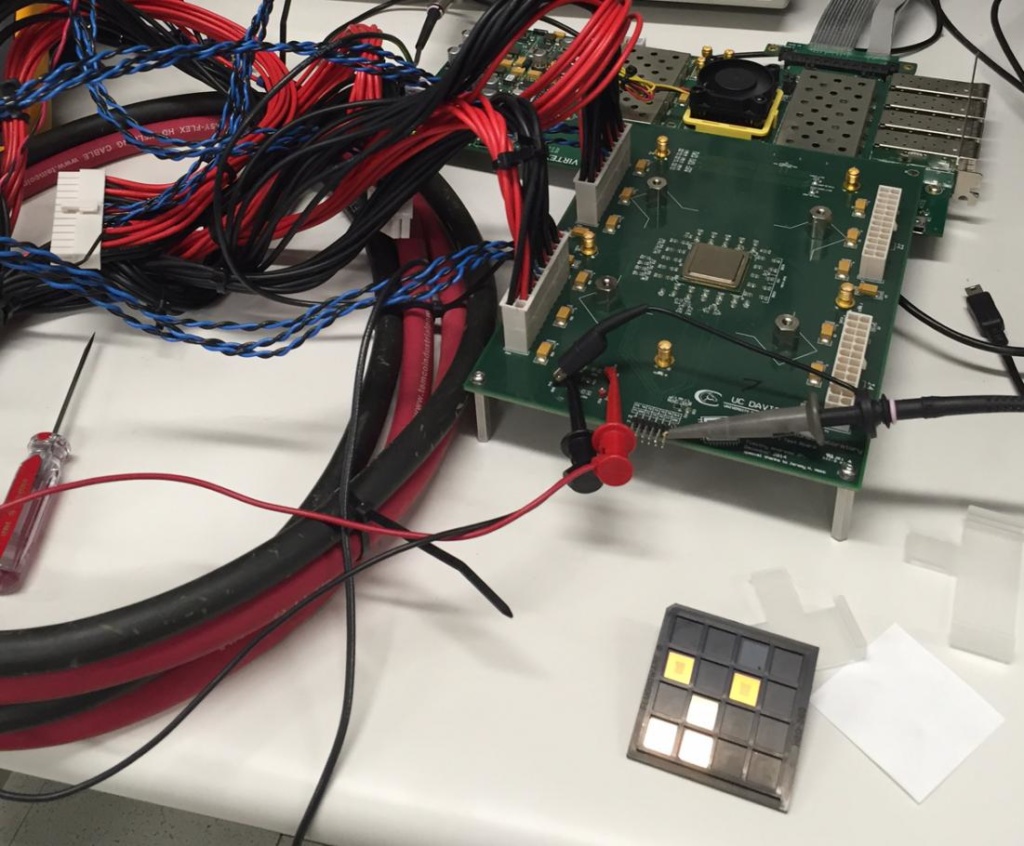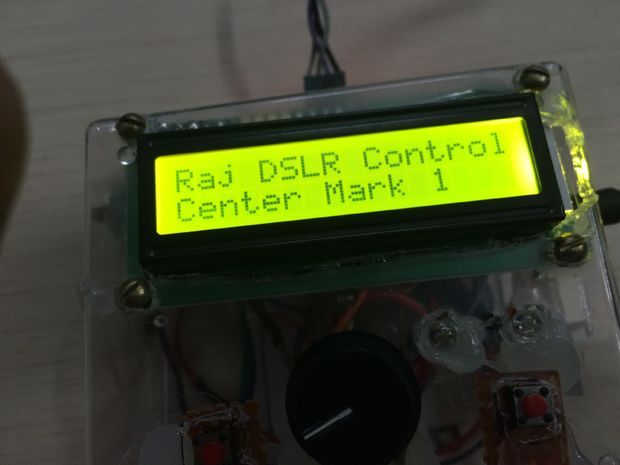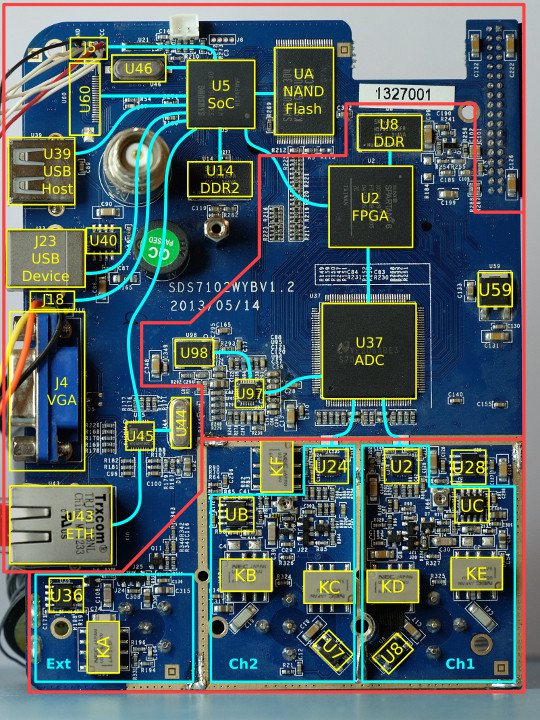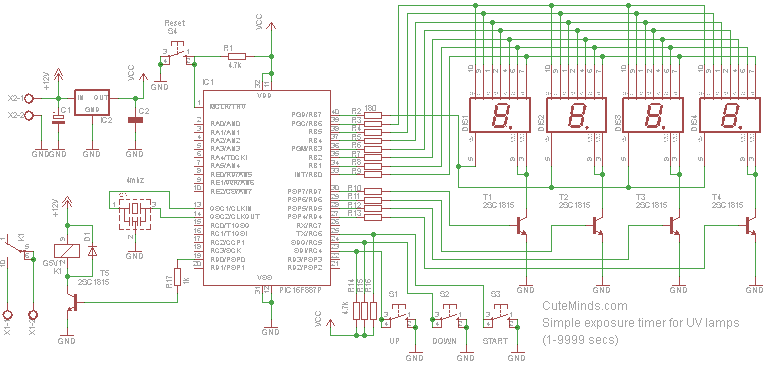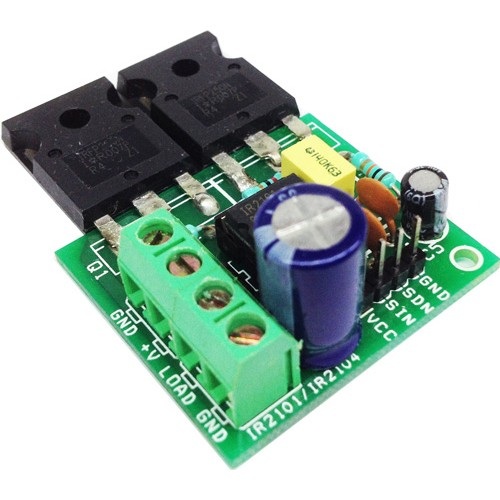The Tiva C series MCUs are high performance ARM Cortex M4F micros. Now what does that mean? Generally speaking the ARM Cortex M series is meant to be used in place of (or simply replace) regular microcontrollers like PICs and AVRs while the A series and R series are designed for application-specific and real-time purposes respectively. The “4” in the “M4F” means it has all of the features of ARM Cortex-M3 along with additional features like Digital Signal Processing (DSP) extensions. Likewise the “F” indicates the presence of a Floating Point Unit (FPU). Thus Tiva C micros are high-end ARM microcontrollers with DSP and FPU support.
EmbeddedLab introduces us TI’s Tiva C MCUs – [Link]


